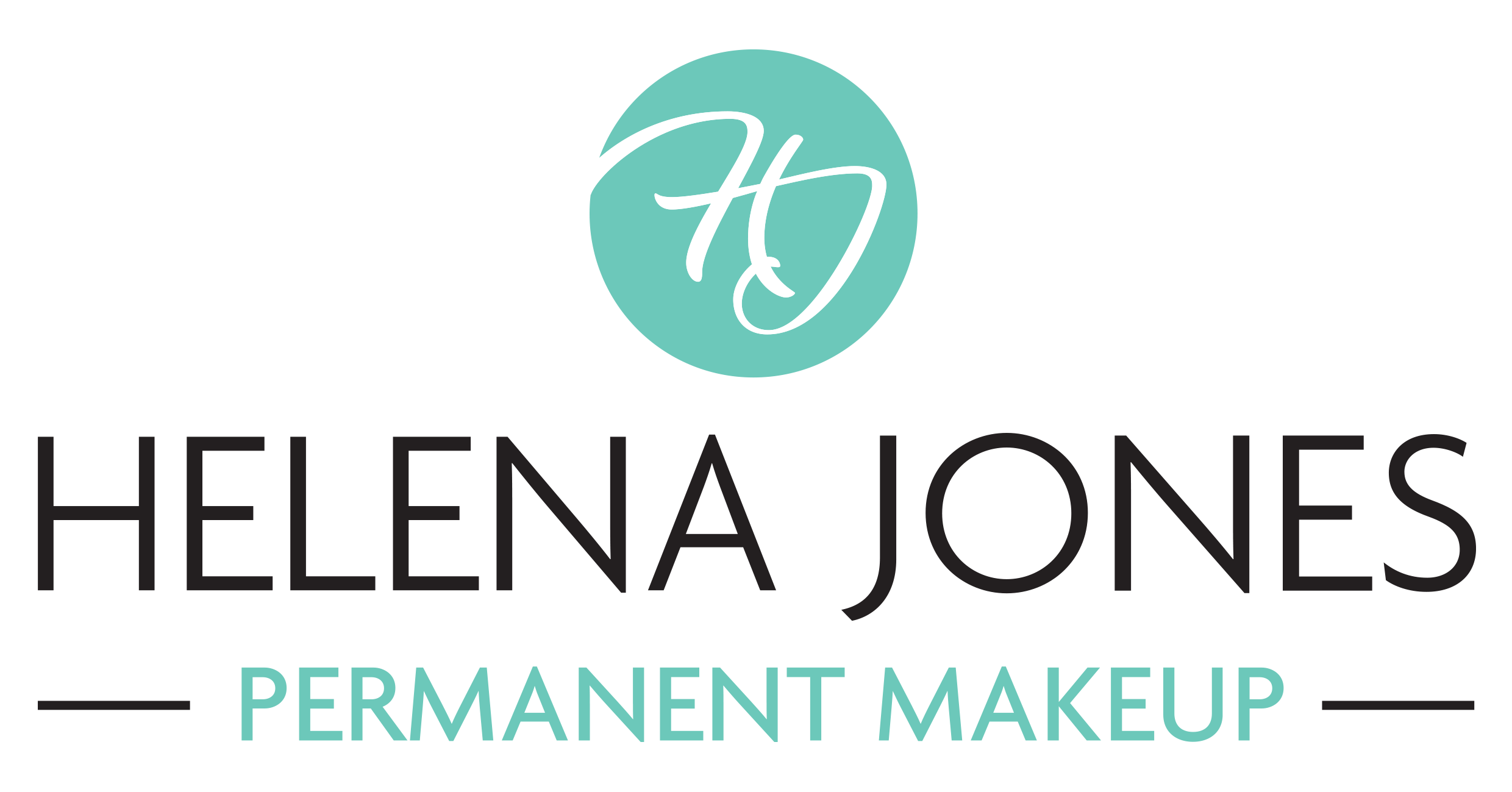AFTER YOUR PERMANENT MAKEUP PROCEDURE….
You’ve booked your treatment, you are super excited and have booked the day off work, but what happens afterwards? What do you need to think about? Do you have any important dates or commitments in the following week?
It’s completely normal to experience some redness and swelling around the treatment area; this should subside over the next few hours, but you may feel a little sore. After wiping the area over with a tonic – which is provided in your aftercare pack – the area will feel much better. If you are having a lip treatment, it’s advisable to eat beforehand and use a straw afterwards when drinking.
Your body is starting to heal, the skin will close and over the course of the next 7 days you may notice a light crusting appear – this is completely normal and and will help protect the area.
It’s really important that you do not pick, peel or scratch at this crust, as it can result in the pigment healing unevenly, and you may also risk causing scarring and infection. Allow the wound to flake on its own. This can be frustrating as it can be a little itchy but try to resist the temptation! It’s completely normal for the colour to appear a little darker immediately after the procedure and the days following.
Once the crusting has flaked away, the colour may appear lighter and, in some cases, look like it has disappeared altogether. This is because the area is being obscured by the healing layers of the skin. The colour will naturally come back and settle as the skin heals; this can take between 4–6 weeks. Under no circumstances should you have any further permanent cosmetics treatments carried out during this period.
Once the flakes have naturally come away, you can apply makeup as you would normally.
You will also be provided with a healing balm to use alongside the tonic. As someone who has oily skin, I only need to use a tiny bit of balm once a day. If you have normal or dry skin, you can use slightly more to promote better healing.
Other than using the tonic and balm, it’s important to keep the area treated, clean and dry. Avoid excessive sweating, swimming, saunas and sun exposure until the area is fully healed.
After a period of healing – usually between 4 and 8 weeks – you will come back for a complimentary retouch procedure. You will need to follow the same steps as before, although there might not be as much work to do.
LONG-TERM CARE
In order to keep your permanent makeup treatment in perfect condition, it may be necessary to have a maintenance procedure around every 12–18 months. This will vary for each individual and is dependent on numerous factors, including but not exclusive to the pigment used and your own skin.
It’s the perfect opportunity to rejuvenate your colour and refresh the shape of your permanent makeup. It’s also a great chance for you to catch up with me so I can make sure you’re completely happy with your treatment.
HOW TO AVOID PREMATURE FADING BY THE SUN
Use a 50+ SPF all over your face (and protect your body, too!) Even on a cloudy day, the sun’s rays are harmful. Pay special attention to any areas where you have permanent makeup. Accessorising with sunglasses and hats is great for providing sun protection and blocking those harmful rays.
Sunscreen is great at protecting you from the sun’s harmful ultraviolet A (UVA) and ultraviolet B (UVB) rays.
UVA: Long-wave ultraviolet
UVB: Short-wave ultraviolet
UVA rays penetrate deep into the dermis and lead to premature skin ageing, suppression of the immune system and wrinkling. UVB rays tend to burn the superficial layers of the skin and play a part in the development of skin cancer. The rays from the sun can not only cause irreversible skin damage, but they also play a key role in fading your permanent makeup.
FACIAL PRODUCTS
Take care when using skin products that contain any kind of acids (such a glycolic or fruity acids) as as these can also fade permanent makeup. Any product that has an exfoliating or stripping properties should be avoided in the area of your permanent makeup.

